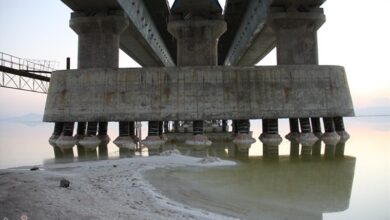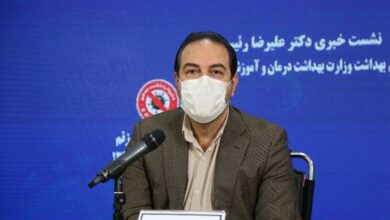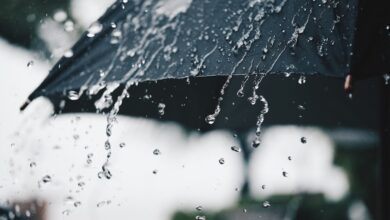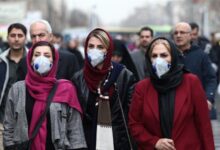
Saffron is one of the most luxurious spices used in Iranian cuisine. The cultivation of this valuable product has long been the monopoly of the Iranian saffron province and is even cultivated in the cities of East Azerbaijan, but most of the Azerbaijani saffron is called Khorasan saffron is packaged.
Due to the high price, this valuable product has a high exchange rate for the country, but the lack of conversion and downstream industries in the cities that produce saffron in East Azerbaijan, has deprived the province of full productivity.
According to ISNA, saffron is cultivated in some cities of East Azerbaijan, such as Ahar, Bonab and Marand. For example, this crop was first cultivated in Ahar in two hectares of agricultural land in Ahar in 1994, as well as 184 hectares out of 300 Hectares of saffron land in East Azerbaijan belong to Marand city.
Saffron grown in Bonab and Marand is superior to Khorasan saffron in most cases in terms of quality.
A member of the faculty of the Faculty of Agriculture of Tabriz University tells ISNA about saffron cultivation in the northwest of the country:
“Bonab and Tabriz are among the major saffron producing areas in this region. Due to the fact that the product harvested in Bonab and Marand is traditionally dried and there is no possibility of mechanized packaging in these areas, the whole product is sold in one place and packaged in the name of Khorasan saffron and used for domestic and even foreign consumption”.
Saeedeh Alizadeh Saleteh, comparing saffron grown in Khorasan and Northwest, states:
“Saffron grown in Bonab and Marand in most cases is superior to Khorasan saffron in terms of quality and the only difference is the cultivation conditions of saffron in Northwest and Khorasan in planting depth”.
Explaining the botanical characteristics of saffron, he says:
“Saffron is a perennial plant that can be harvested for seven or eight years with one cultivation, considering that only the saffron stigma is its edible part. This is the only commercial part, so the yield of the product is also affected by this, and for example, from one hectare of saffron land, four or five kilograms of commercial product is obtained, and this is the main reason for the high price of saffron”.
Saying that saffron seeds are sterile, he continues:
“The only way to propagate saffron is vegetative propagation, and this is also possible by propagating or using onions, and the stems that flower in November should also be planted in September. Short flowering period and low water requirement as well as approximate resistance to drought and cold have caused the local farmers to pay attention to the saffron crop, so that this crop has leaves in winter and it should be noted that first the saffron flowers and then the leaves appear. Saffron is cultivated by two conventional methods: heap and row. In the first method, three to five onions are placed upwards and at a distance of 20 cm in the hole that is dug, and the second method is suitable for mechanized cultivation”.







